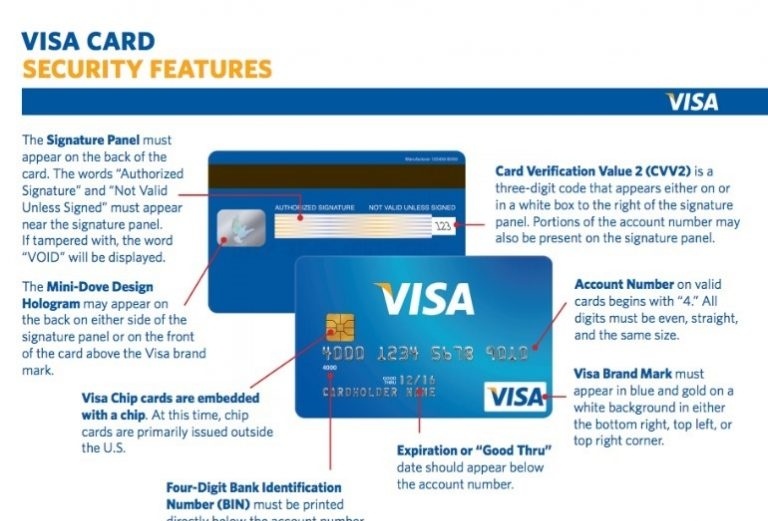

Credit card companies don’t want you to spend more than you can eventually pay back, so they cap how much money you can spend.

Credit cards, by contrast, are effectively lending you money to spend. With a debit card, you can only spend as much as you have in your account.


When you purchase something with your credit card, your credit balance will increase by that amount, and your remaining available credit will decrease in tandem. With a credit card, your credit balance is how much you’ll eventually need to pay back to the credit card company, while your available credit is how much you have left to spend before you reach your credit limit. After buying something with your debit card, your account balance will decrease by the amount you just paid almost immediately. What’s the difference between a debit card and a credit card?ĭebit cards and credit cards look similar, but there are some important differences between debit cards and credit cards that you should keep in mind: Where the money comes fromĪ debit card pays for transactions with money you already have in an account, while a credit card effectively picks up the tab and sends you a bill later. Whether you’re making a purchase or withdrawing cash with your debit card, the money is immediately drawn (that is, debited) from your account. You can use a debit card to pay for things in person and online or to withdraw cash directly from your account via an ATM. It’s possible to link a debit card to a money market account, a savings account, or another cash account, but linking it to a checking account is the most common. What is a debit card?Ī debit card is a physical form of payment-meaning it’s a card you can actually hold in your hand-typically connected to a checking account. So let’s dive into what a debit card is, how to use a debit card, and how to get a debit card for yourself. If you’re taking your first steps toward financial independence, it’s the perfect time to get acquainted with the debit card.


 0 kommentar(er)
0 kommentar(er)
